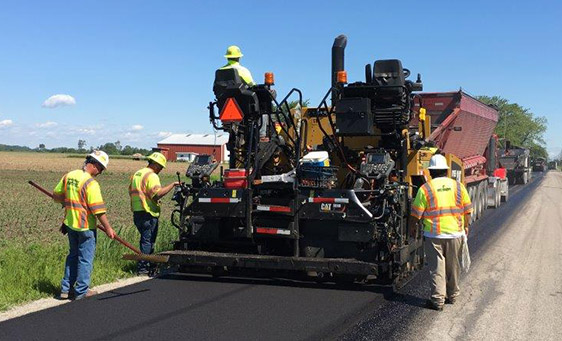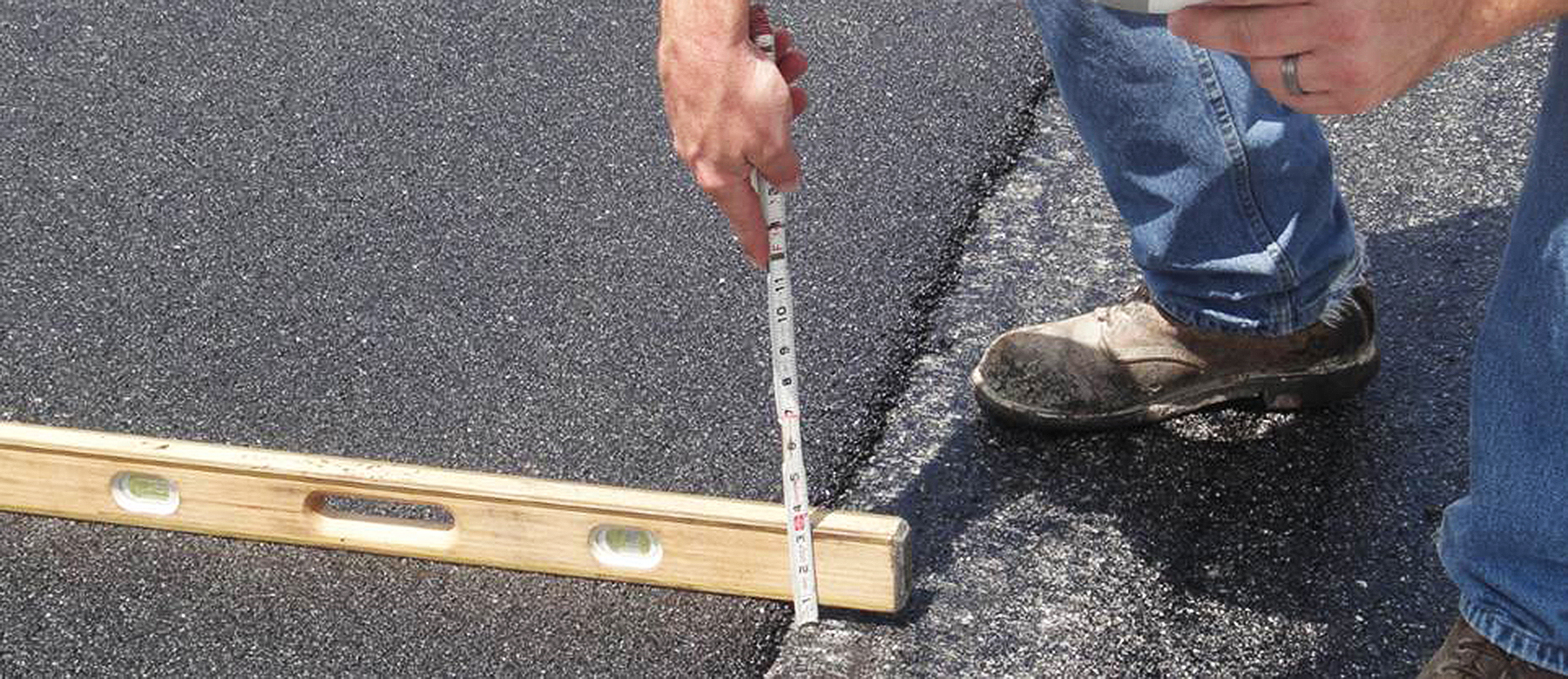Hot Mix Asphalt Paving: Redefining Commercial Residential Or Commercial Property Landscapes
Hot Mix Asphalt Paving: Redefining Commercial Residential Or Commercial Property Landscapes
Blog Article
Opening the Secrets of Hot Mix Asphalt Innovation
Checking out the midsts of warm mix asphalt innovation reveals a globe where exact solutions and thorough procedures converge to form our roadways and framework. The blend of accumulations, binders, and fillers isn't simply a construction task but a strategic orchestration of resilience and performance. As we peer right into the detailed dancing of elements, a tapestry of durability and sustainability unfolds. What lies underneath this surface area of asphaltic proficiency, and what tricks wait to be introduced in the realm of paving technologies?
Importance of Warm Mix Asphalt
Hot Mix Asphalt plays an important function in contemporary framework development due to its sturdiness and cost-effectiveness. As the most frequently made use of leading product for roadways, freeways, and parking lots, Hot Mix Asphalt offers a variety of benefits that contribute to its significance in building jobs.
The toughness of Warm Mix Asphalt originates from its make-up, which consists of accumulations, binder, and filler products that are meticulously picked and blended to satisfy certain performance requirements. This precise combination results in a strong and flexible pavement that can endure frequent usage without substantial deterioration. Warm Mix Asphalt is 100% recyclable, more improving its sustainability and environmental benefits. On the whole, the value of Warm Mix Asphalt in facilities development can not be underrated, as it remains to be a cornerstone of modern building and construction methods.
Elements of Asphalt Mixes
The composition of asphalt mixes consists of carefully picked aggregates, binder, and filler materials that are essential for attaining specific efficiency needs. Aggregates are the primary component of asphalt blends, providing stamina and stability. The binder, usually bitumen or asphalt concrete, holds the accumulations together and gives adaptability and longevity to the mix.
The mix and proportion of these elements play a considerable duty in establishing the top quality and performance of the asphalt mix. Engineers carefully make the mix to satisfy specific demands, considering variables like website traffic quantity, climate conditions, and sidewalk life expectancy. Appropriate choice and balancing of aggregates, binder, and fillers are essential for producing resilient, durable asphalt pavements.
Mixing and Manufacturing Techniques

As soon as the accumulations are picked, the binder, frequently asphalt cement, is added to bind the materials with each other. The binder's top quality and amount dramatically influence the mix's toughness, adaptability, and resistance to environmental factors. In addition, fillers like moisturized lime or Rose city cement may be integrated to enhance specific characteristics of the asphalt mix, such as its workability or moisture resistance.
Throughout manufacturing, the aggregates and binder are heated, generally in between 250-325 ° F(121-163 ° C ), to promote mixing and ensure correct finish of the aggregates. The mixing procedure needs to be complete to accomplish a homogeneous combination that promotes the wanted performance qualities of the asphalt. Numerous methods, such as batch blending or drum mixing, are employed to accomplish constant and high-quality asphalt blends for building projects.
Aspects Affecting Asphalt Efficiency
Elements affecting asphalt performance incorporate a variety of variables that impact the resilience, long life, and general quality of asphalt pavements. One key aspect is the quality of materials made use of in the asphalt mix. The type and resource of aggregates, the binder top quality, and the Home Page additives all play a substantial function in establishing the performance of the asphalt sidewalk. The rank of aggregates is vital as it news affects the mix's security, resistance, and workability to cracking and rutting.

Layout factors to consider, such as pavement density and drainage, are important in making certain the lasting efficiency of the asphalt sidewalk. By carefully taking into consideration these elements, engineers and professionals can maximize asphalt performance and enhance the service life of pavements.
Sustainable Practices in Asphalt Innovation

Additionally, the development of warm-mix asphalt (WMA) modern technologies has actually acquired traction over the last few years. WMA permits for the production and placement of asphalt blends at reduced temperatures compared to typical hot-mix asphalt, causing decreased energy intake and greenhouse gas discharges. Additionally, published here using porous asphalt mixes can aid alleviate stormwater runoff concerns by enabling water to infiltrate via the pavement and right into the ground, advertising natural water purification and charge processes. By carrying out these sustainable techniques, the asphalt industry can add to building an extra ecologically pleasant and resilient infrastructure network.
Verdict
To conclude, hot mix asphalt innovation plays a crucial role in modern facilities advancement because of its longevity and cost-effectiveness. By thoroughly balancing elements, using proper mixing techniques, and considering various factors, engineers can create top quality asphalt mixes that endure rush hour loads and harsh weather problems. Accepting lasting techniques, such as using recycled materials and warm-mix innovations, better boosts the ecological friendliness of asphalt innovation.
Mixing and manufacturing methods in hot mix asphalt technology entail the exact combination and processing of accumulations, binder, and fillers to produce a high-performance and durable asphalt mix.Variables affecting asphalt performance incorporate a variety of variables that impact the durability, long life, and general quality of asphalt sidewalks. Sustainable practices in asphalt innovation encompass numerous efforts intended at minimizing the environmental influence of asphalt production and paving procedures. By integrating redeemed asphalt pavement (RAP) and recycled asphalt tiles (RAS) right into new asphalt blends, the industry can substantially decrease the intake of raw materials and power, while also reducing landfill waste.
WMA enables for the production and placement of asphalt blends at lower temperature levels contrasted to standard hot-mix asphalt, resulting in reduced energy intake and greenhouse gas emissions.
Report this page